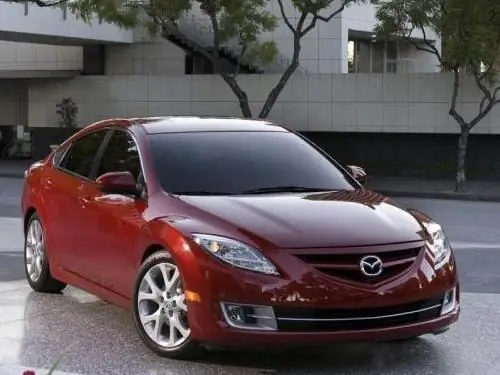- Author Maria Gibbs [email protected].
- Public 2023-12-16 03:05.
- Last modified 2025-01-22 17:47.
When purchasing an imported car, you will need to pay customs duties and fees. Their total amount directly depends on the cost of the vehicle, its year of manufacture, and engine displacement. You can save on car customs clearance as follows.

Instructions
Step 1
Find out the cost of the car, its year of manufacture and the displacement of the engine. If you want to buy a new car (no more than three years have passed since the release of which), then in order to save on customs clearance, choose a cheaper car. The lower its cost, the correspondingly lower will be the customs duty, calculated at rates, and the duty, calculated as interest, depending on the declared value of the car. The declared value of the car must be confirmed by documents.
Step 2
There is an opinion that customs clearance with a bat or a damaged car will be cheaper, but this is not the case. When calculating the customs duty, the price at which such or a similar vehicle is sold or offered for sale in retail is taken. The price is determined by the customs authority on the basis of data received from car manufacturers, and in the absence of them, on the basis of data indicated in catalogs, information from foreign organizations selling cars, and other independent sources of price information at the disposal of the customs authority.
Step 3
Buy a used car with a small engine displacement. The customs duty on vehicles over three years old is calculated at rates in euros per cubic cm. working volume of the engine. So, at a customs duty rate of € 2.5 per 1 cm3, its amount for a car with an engine capacity of 1500 m3 will be less than its amount for a car with an engine volume of 1700 m3 by 500 euros (1700-1500 = 200 * € 2.5 = € 500).
Step 4
Arrange the purchase of a car for an individual, not a company. This will save you on value added tax (VAT) of 18% of the customs duty. After customs clearance, you can always arrange the sale (donation, gratuitous transfer) of the purchased car to your organization.






